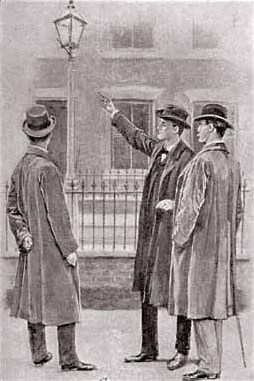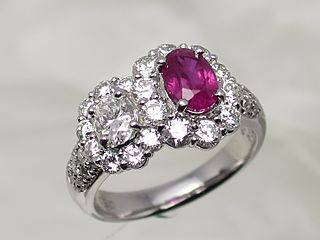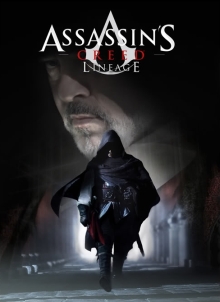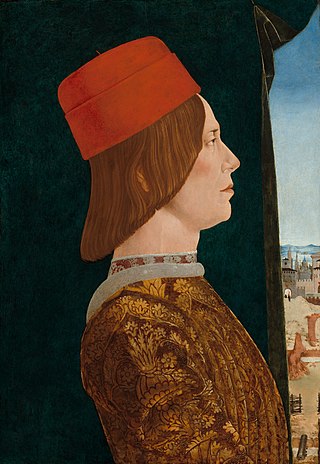
Cesare Borgia was a Spanish-Italian cardinal and condottiero, an illegitimate son of Pope Alexander VI and member of the Spanish-Aragonese House of Borgia. His fight for power was a major inspiration for The Prince by Niccolò Machiavelli.

Lucrezia Borgia was an Italian noblewoman of the House of Borgia who was the illegitimate daughter of Pope Alexander VI and Vannozza dei Cattanei. She reigned as the governor of Spoleto, a position usually held by cardinals, in her own right.

Pope Alexander VI was head of the Catholic Church and ruler of the Papal States from 11 August 1492 until his death in 1503. Born into the prominent Borgia family in Xàtiva in the Kingdom of Valencia under the Crown of Aragon, Rodrigo studied law at the University of Bologna. He was ordained deacon and made a cardinal in 1456 after the election of his uncle as Pope Callixtus III, and a year later he became vice-chancellor of the Catholic Church. He proceeded to serve in the Curia under the next four popes, acquiring significant influence and wealth in the process. In 1492, Rodrigo was elected pope, taking the name Alexander VI.

The House of Borgia was a Spanish noble family, which rose to prominence during the Italian Renaissance. They were from Xàtiva, Kingdom of Valencia, the surname being a toponymic from the town of Borja, then in the Crown of Aragon, in Spain.

Concealment devices or diversion safes are used to hide things for the purpose of secrecy or security. They are made from an ordinary household object such as a book, a soda can, a candle, a can, or something as small as a coin. The idea is that such an inconspicuous object would not be expected to contain anything of worth.

"The Adventure of the Six Napoleons", one of the 56 Sherlock Holmes short stories written by Sir Arthur Conan Doyle, is one of 13 stories in the cycle collected as The Return of Sherlock Holmes. It was first published in Collier's in the United States on 30 April 1904, and in The Strand Magazine in the United Kingdom in May 1904.
These are lists of poisonings, deliberate and accidental, in chronological order by the date of death of the victim(s). They include mass poisonings, confirmed attempted poisonings, suicides, fictional poisonings and people who are known or suspected to have killed multiple people.
Novichok is a family of nerve agents, some of which are binary chemical weapons. The agents were developed at the GosNIIOKhT state chemical research institute by the Soviet Union and Russia between 1971 and 1993. Some Novichok agents are solids at standard temperature and pressure, while others are liquids. Dispersal of solid form agents is thought possible if in ultrafine powder state.

A suicide pill is a pill, capsule, ampoule, or tablet containing a fatally poisonous substance that a person ingests deliberately in order to achieve death quickly through suicide. Military and espionage organizations have provided their agents in danger of being captured by the enemy with suicide pills and devices which can be used in order to avoid an imminent and far more unpleasant death, or to ensure that they cannot be interrogated and forced to disclose secret information. As a result, lethal pills have important psychological value to persons carrying out missions with a high risk of capture and interrogation.

Ministry of Fear is a 1944 American spy thriller film noir directed by Fritz Lang, and starring Ray Milland and Marjorie Reynolds. Based on the 1943 novel by Graham Greene, the film tells the story of a man just released from a mental asylum who finds himself caught up in an international spy ring and pursued by Nazi agents after inadvertently receiving something they want. The original music for the film was composed by Victor Young.

A ring is a round band, usually made of metal, worn as ornamental jewelry. The term "ring" by itself denotes jewellery worn on the finger; when worn as an ornament elsewhere, the body part is specified within the term, e.g., earrings, neck rings, arm rings, and toe rings. Rings fit snugly around or in the part of the body they ornament, so bands worn loosely, like a bracelet, are not rings. Rings may be made of almost any hard material: wood, bone, stone, metal, glass, jade, gemstone or plastic. They may be set with gemstones or with other types of stone or glass.
The Angel Makers of Nagyrév were a group of women living in the village of Nagyrév, Hungary, who poisoned to death an estimated 40–100 men between 1914 and 1929. They were supplied arsenic and encouraged to use it by a local midwife named Zsuzsanna Fazekas, née Oláh, wife of Gyula Fazekas. Their story is the subject of the documentary film The Angelmakers and the feature film Hukkle.

Ascanio Maria Sforza Visconti was an Italian cardinal of the Catholic Church. Generally known as a skilled diplomat who played a major role in the election of Rodrigo Borgia as Pope Alexander VI, Sforza served as Vice-Chancellor of the Holy Roman Church from 1492 until 1505.
"Autopsy" is a television series of HBO's America Undercover documentary series. Dr. Michael Baden, a real-life forensic pathologist, is the primary analyst, and has been personally involved in many of the cases that are reviewed.

Catherine Flannagan and Margaret Higgins were Irish sisters who were convicted of poisoning and murdering one person in Liverpool, England, and suspected of four more deaths. The women collected a burial society payout on each death, and were found to have been committing murders using arsenic to obtain the insurance money. Although Flannagan evaded police for a time, both sisters were caught and convicted of one of the murders; they were both hanged on the same day at Kirkdale Prison. Modern investigation of the crime has raised the possibility that the sisters were part of a larger conspiracy of murder-for-profit—a network of "black widows"—but no convictions were ever obtained for any of the alleged conspiracy members other than the two sisters.

Assassin's Creed: Lineage is a series of three Canadian short films based on the Assassin's Creed video game series, directed by Yves Simoneau. The films are made by Ubisoft Montreal in collaboration with Hybride Technology, and mark Ubisoft's first attempt to step into the film industry. The three short films were released on YouTube to promote Assassin's Creed II, to which they serve as a prequel, describing the history of Ezio Auditore da Firenze and his family before the events of the game. The films primarily revolve around Ezio's father Giovanni, an Assassin from 15th-century Florence, and his investigation of the mysterious murder of the Duke of Milan, Galeazzo Maria Sforza, which leads him to confront a larger conspiracy.

The Borgias is a historical drama television series created by Neil Jordan; it debuted in 2011 and was canceled in 2013.

Giovanni II Bentivoglio was an Italian nobleman who ruled as tyrant of Bologna from 1463 until 1506. He had no formal position, but held power as the city's "first citizen." The Bentivoglio family ruled over Bologna from 1443, and repeatedly attempted to consolidate their hold of the Signoria of the city.
Martha Wise was an American poisoner and serial killer. After her husband died and her family forced her to end a relationship with a new lover, Wise retaliated by poisoning seventeen family members, of whom three died, in 1924. She was convicted of one of the murders, despite defense claims that she was mentally ill and that her lover had ordered her to poison her family. The case is considered one of the most sensational of the era in Ohio, where it occurred.

The Chequers Ring is one of the few surviving pieces of jewellery worn by Queen Elizabeth I of England. The mother-of-pearl ring, set with gold and rubies, includes a locket with two portraits, one depicting Elizabeth and the other traditionally identified as Elizabeth's mother Anne Boleyn, but possibly her step-mother Catherine Parr. The ring is presently housed at Chequers, the country house of the prime minister of the United Kingdom.















